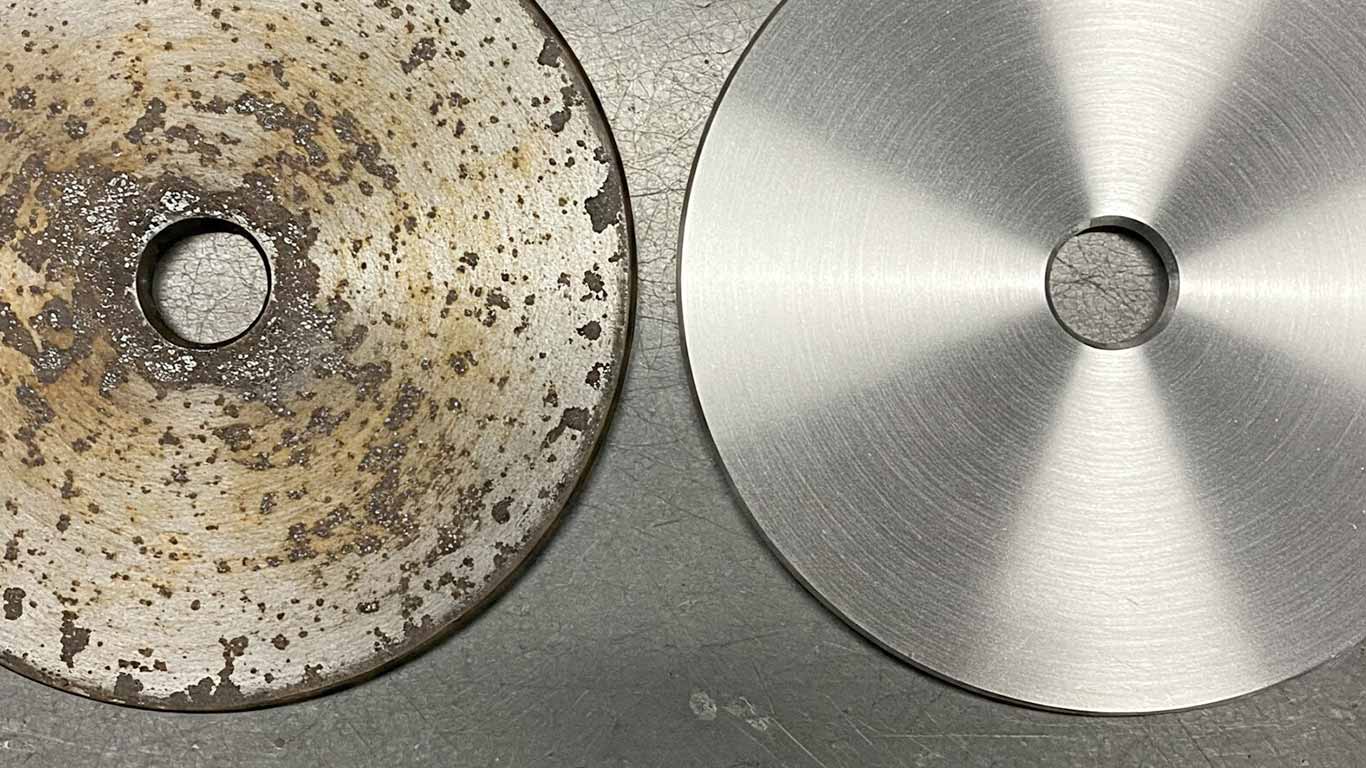
Magnesium Laser Cleaning
Safely clean reactive magnesium with precise low-energy laser parameters

Properties: Magnesium vs. other metals
Laser-Material Interaction
Material Characteristics
Other Properties
Machine Settings: Magnesium vs. other metals
Magnesium surface magnification
Laser cleaning parameters for Magnesium
Before Treatment
Microscopy of the contaminated magnesium surface shows scattered dark spots of oxide particles and dust residues. These cling tightly to the metal, causing localized pitting and uneven degradation in texture.
After Treatment
After precision laser cleaning, the magnesium surface restores to a spotless, smooth condition with its natural luster fully revived. Contaminants like oxides and residues are completely removed, and no heat damage occurs. This demonstrates high restoration quality. Material integrity stays intact, showing no pitting or structural changes, making it ideal for general metal applications.
Magnesium Laser Cleaning FAQs
What are the specific laser settings and parameters for cleaning magnesium alloys without causing damage?
How do you safely remove oxide layers and corrosion from magnesium surfaces using laser cleaning?
What special safety precautions are needed when laser cleaning magnesium due to fire risk?
Can laser cleaning be used to prepare magnesium surfaces for welding or coating applications?
What are the challenges with laser cleaning cast magnesium alloys versus wrought forms?
How effective is laser cleaning for removing contaminants like oils and lubricants from magnesium parts?
Does laser cleaning affect the fatigue strength or mechanical properties of magnesium components?
What is the best way to validate the success of magnesium laser cleaning?
Why is magnesium considered more difficult to laser clean than aluminum or steel?
What type of laser (fiber, pulsed, continuous wave) works best for magnesium cleaning applications?
Regulatory Standards & Compliance

FDA
FDA 21 CFR 1040.10 - Laser Product Performance Standards

ANSI
ANSI Z136.1 - Safe Use of Lasers

IEC
IEC 60825 - Safety of Laser Products

OSHA
OSHA 29 CFR 1926.95 - Personal Protective Equipment







